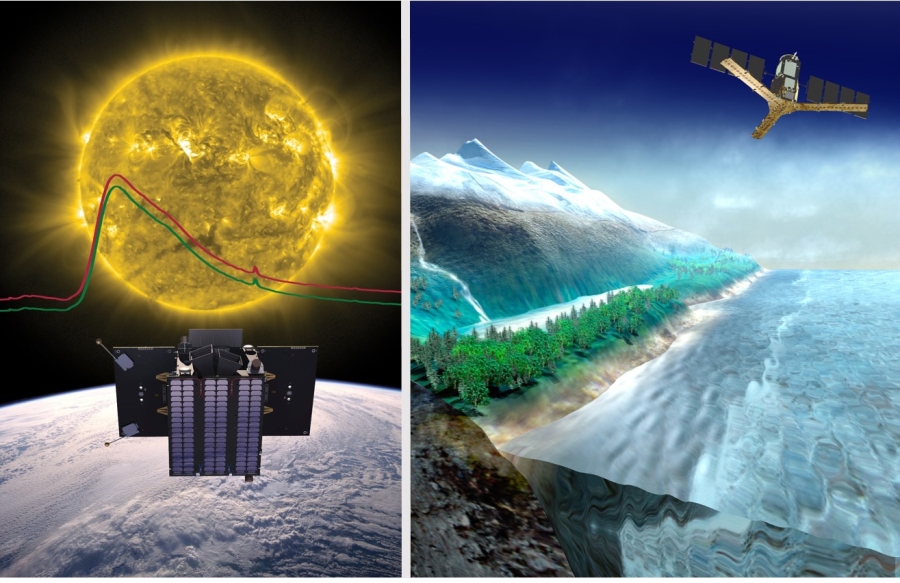Double Satellite Lift-Off of SMOS and PROBA-2 Puts SPACEBEL in the Spotlight
On November 2nd 2009, the SMOS satellite and its companion PROBA-2 were successfully sent into Space on a Rockot launcher from the Plesetsk Cosmodrome in the North of Russia.
For SPACEBEL, this remarkable lift-off was an important event, all the more that both satellites are doing perfectly well in Space. The software engineering SME has indeed largely contributed to the realization of the two small scientific satellites of the European Space Agency (ESA).
The SMOS (Soil Moisture and Ocean Salinity) project aims at observing soil moisture over the Earth’s landmasses and salinity over the oceans. The data collected will improve our understanding of the water cycle on Earth, and thus lead to better weather, climate and extreme-event forecasting (e.g. flood, draught …). Moreover, the 300 kg weighing mini-satellite will provide information about regions of snow and ice, contributing to research on the higher latitudes.
In the frame of the SMOS mission, SPACEBEL has been in charge of the development of the operational simulator of the satellite – a sort of interactive electronic portrait of the satellite, following the example of a video game meant for those who will have to operate the spacecraft how to use it at best in different aspects.
At SPACEBEL, a team of 2 engineers on average has worked during 18 months on the SMOS project, which represents a turnover of about 250.000 € for the company.
Banking on the success story of PROBA-1 – first Earth observation microsatellite « Made in Belgium » realized by VERHAERT, prime contractor in charge of the construction of the satellite platform, in close collaboration with SPACEBEL for the software – ESA has confirmed the same industrial consortium in PROBA-2 (Project for On-Board Autonomy). Offering increased miniaturization, PROBA-2 is destined for the study of the Sun and the “space weather”. As soon as the mini-observatory weighing approximately 120 kg will be in orbit, the Royal Observatory of Belgium will be awaiting the scientific Sun observation data.
SPACEBEL’s responsibility in the PROBA-2 project covers the implementation of the entire package of software developments. It spans over the ground segment software with the satellite control center and the mission planning and the flight segment software with the on-board software that controls the platform and the main scientific payloads. It also encompasses the software validation facility that allows verifying the on-board software and the system simulator used to check the satellite system and to train the operators. The whole represents a total turnover of about 3 million € and a workload of 4 years for 13 SPACEBEL collaborators.
Meanwhile, SPACEBEL is once again closely involved in the development of the following two PROBA satellites. PROBA-3 (composed of two satellite platforms) will demonstrate the technologies required for formation flying of multiple spacecraft and is due to set course for Space in 2011. PROBA-Vegetation (in short PROBA-V) is a mission aiming at monitoring the vegetation on Earth scheduled for lift-off in Spring 2012.
To be continued!

©ESA
